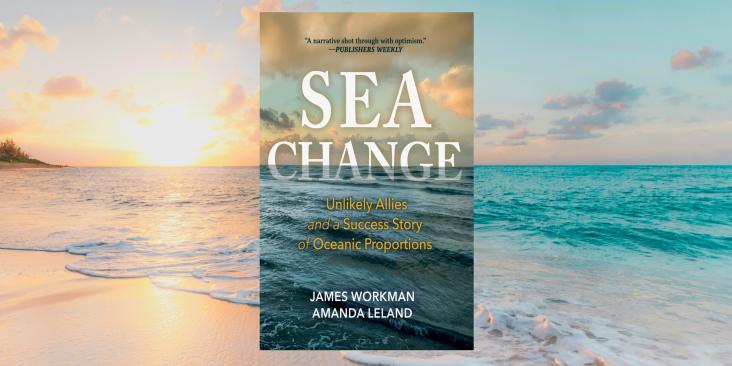Richard Denison, Ph.D., is a Lead Senior Scientist.
EDF has learned from multiple sources that political appointees at the Environmental Protection Agency (EPA) are on the verge of taking yet another huge lurch away from what the 2016 reforms to the Toxic Substances Control Act (TSCA) require when EPA reviews the safety of new chemicals prior to their market entry. A reporter at Bloomberg Environment has heard the same thing, and published an article this morning on some of the changes.
The Trump EPA apparently intends to abandon its November 2017 “New Chemicals Decision-Making Framework,” which already strayed far from the law’s requirements. That approach would have allowed EPA staff to limit their review of a new chemical only to the intended uses identified by its manufacturer, despite the law’s clear mandate that EPA consider known or reasonably foreseen, as well as intended, uses when conducting its review. Under the framework, where EPA had concerns about reasonably foreseen but not intended uses – rather than issue an order as required by the law – EPA would take two other steps: make a “not likely to present an unreasonable risk” determination for the chemical, clearing it to enter commerce; and issue a Significant New Use Rule (SNUR), which could trigger a separate, future review on any subsequently intended use, wholly divorced from the initial review.
Initially, EPA staff indicated the “not likely” finding would be made only once a final SNUR had been promulgated. That then slipped to have issuance of the finding coincide with the proposal of the SNUR. That then slipped further to allow the finding to be issued based on EPA’s mere intent to develop a SNUR.
Now, however, the Trump EPA plans to decouple completely its ability to issue a “not likely” finding from any dependency at all on promulgation of a SNUR. How then, you might well ask, would EPA consider reasonably foreseen uses of a new chemical? The short answer is, it won’t. Read More









